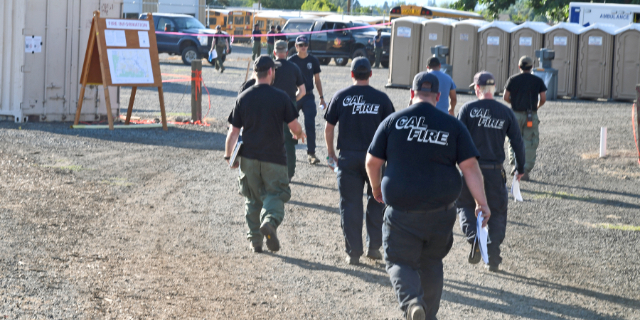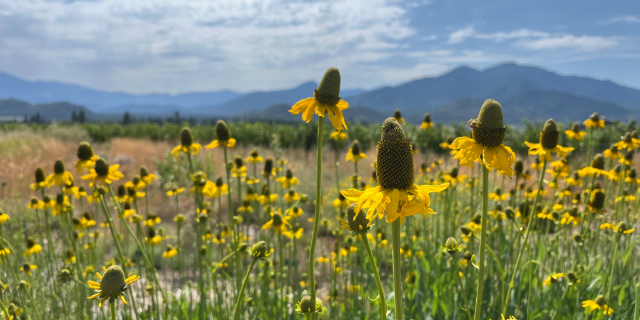ROGUE WANDERER: Spurs, wattles, caruncles and snoods in your neighborhood
Published 7:00 am Thursday, November 21, 2024

- Peggy Dover
Tonight, Cricket and I sit cozily, playing Parcheesi and watching and listening as the wind gusts blow leaves and varietal flotsam around. Hopefully, the trees will remain upright. Wow, what a blow.
Trending
I’m not really sure what Cricket’s thinking about, except his next move. Do cats think? Not in words, I guess. Not English, anyway. I’m contemplating turkeys.
I feel a strong gust of the ridiculous grabbing hold. So, for your safety, pass me by this week unless you have your eyeballs securely battened down against excessive rolling, along with your patio furniture, trash bins and small loved ones. This is what happens when I spend too much time alone, even when I haven’t been.
Back to turkeys. I half expect to see them wafting through the air like aerial centerpieces on a night like this. I mean, where do they go to escape unwelcome lift? Females only weigh between 5-12 pounds. That’s about one of my cats’ heads, with its mouth empty. At sundown, they fly up into trees to roost for the night — turkeys, not cats.
Trending
At this hallowed time of year, I like to play homage to the native bird that has given us so much deliciousness and is such an iconic symbol of our upcoming Thanksgiving feast. I’ve been doing a little reading to better acquaint myself with their particulars. The birds we find on our feast table are usually of the domestic variety — a pampered white version of their wild cousins, though of the same species. They were introduced in the West by pioneers during the late 1800s, but couldn’t survive in the wild. Sort of like me on “Survivor” or in the Trader Joe’s parking lot.
Their trademark call precedes their arrival, as it did the other day. “Er! Er! Er!” Here they came, strolling across my yard — about 20 hens in their party. Among their favorite activities is playing “chicken” by lowering their heads and creeping around the mailboxes and over to Ken and Barb’s yard, where they should know they are most unwelcome, but they never remember, having a pea-sized brain.
If they are spotted, they will be herded back over to my yard by use of otherworldly sound effects. They do make a mess — the turkeys, not my neighbors. I have remnants of turkey leavings on my carport where it appears one of them overindulged in fruit.
One online source admitted publicly that despite the tiny brain, they are intelligent, inquisitive and playful creatures with keen hearing and eyesight. Why were they not on the ballot? It said they can recognize human faces and remember names — even stopping to chat. But this information was AI-generated, so take it for what it’s worth.
Wild turkeys can actually fly short distances, though not when dropped from helicopters at 2,000 feet up. This we discovered from Mr. Carlson’s ill-fated promotional attempt in the ’70s TV show “WKRP in Cincinnati.”
The South Carolina Department of Natural Resources claims that wild turkeys can catch speeds of 55 mph while in flight. During last night’s storm, one was clocked doing 80 down my street. Not a cop in sight.
Though they are listed as residing mostly in the East and Midwest, we in the Rogue Valley know differently, don’t we? The Oregon Department of Fish and Wildlife estimates there are between 40,000-45,000 birds in Oregon. But that was yesterday. The Rio Grande species, introduced in 1975 to get as far away from Cincinnati as possible, is the most common in Oregon. They originated in the Southwest, but tiring of the many snowbirds that invade their habitat during winter, they hitchhiked northward, exposing their drumsticks to gain rides from hungry truckers.
Both males and females have wattles, caruncles and snoods. It really should be a song title. And that’s all on their heads. They have spurs on their legs, which the males use for kicking the stuffing out of rival males.
Now, my version of the old Irish blessing. May blessings rise up to smack you in the face, and may the wind be always at your back when you’re shifting downward.









